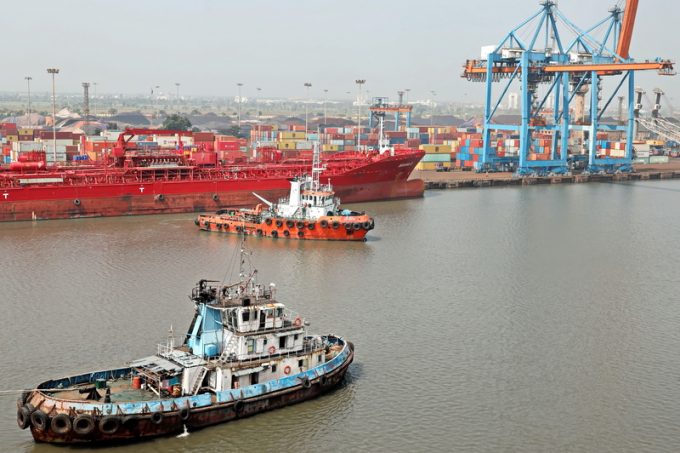Air freight rates ex-Dhaka set to surge after transhipment options are cut
Airfreight rates out of Dhaka are expected to surge after India cancelled transhipment access for ...

India’s container shipping market has “cooled” in recent weeks, but a lack of capacity at east coast ports is a headache for exporters.
Throughput figures from the Indian Ports Association show the country’s top 12 container ports enjoyed nearly 30% growth between April and October, with total volumes of 6.42m teu.
However, volumes at the east coast port of Kolkata were down 18% compared with 2019, in contrast to an average increase of 8% across the other major ports, during the same ...
Maersk Air Cargo sees volumes fall as it aims for 'margin in favour of revenue'
Keep our news independent, by supporting The Loadstar
Container spot rates diverge: to Europe still falling, but firmer to the US
Hapag-Lloyd won't take bookings if port congestion leaves cargo stranded
Ecommerce likely the front-runner in resurge of transpacific trade after deal
Airfreight players eye new routes as demand on the transpacific nosedives
China-US trade tariff pause could drive a rebound for transpacific rates
Service chaos from trade ban with India a problem for Pakistan shippers
Airfreight rates ex-China 'loss-making', but hopes of a trade deal stay high
Indian coastal freight attracts major carriers, but regional tension disrupts
Serious threat to jobs in US logistics as tariffs cause economic 'stagflation'
APMM floats along on 'solid' Q1 profitability in Ocean, well prepared for choppy water


Comment on this article